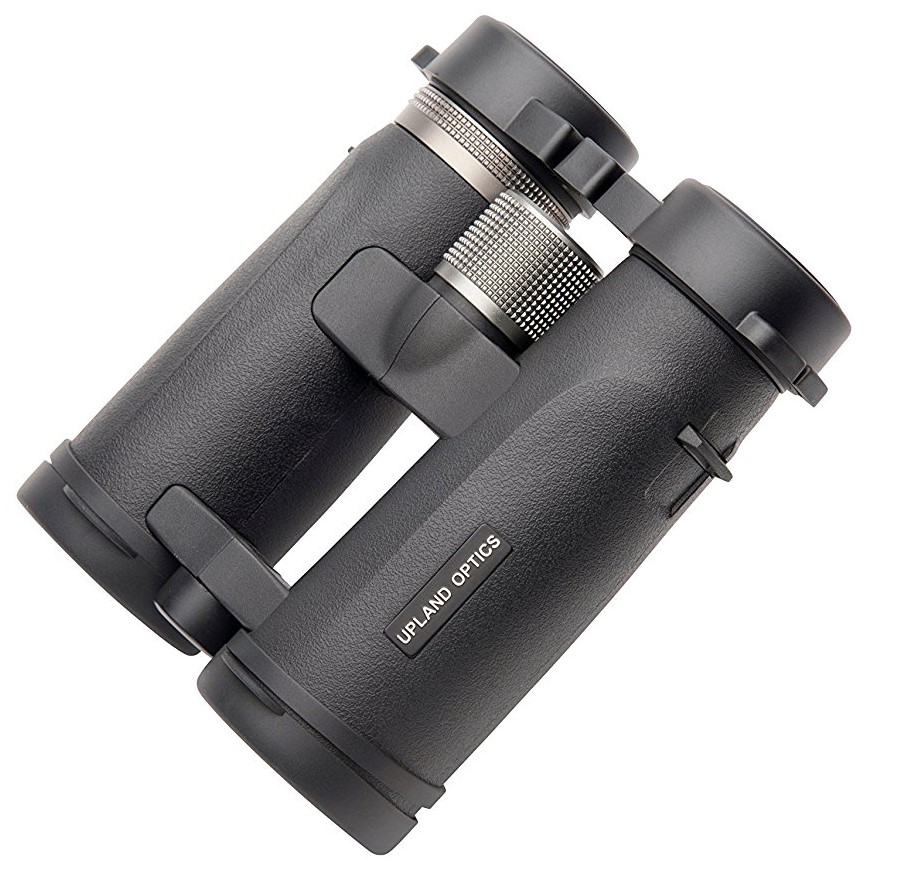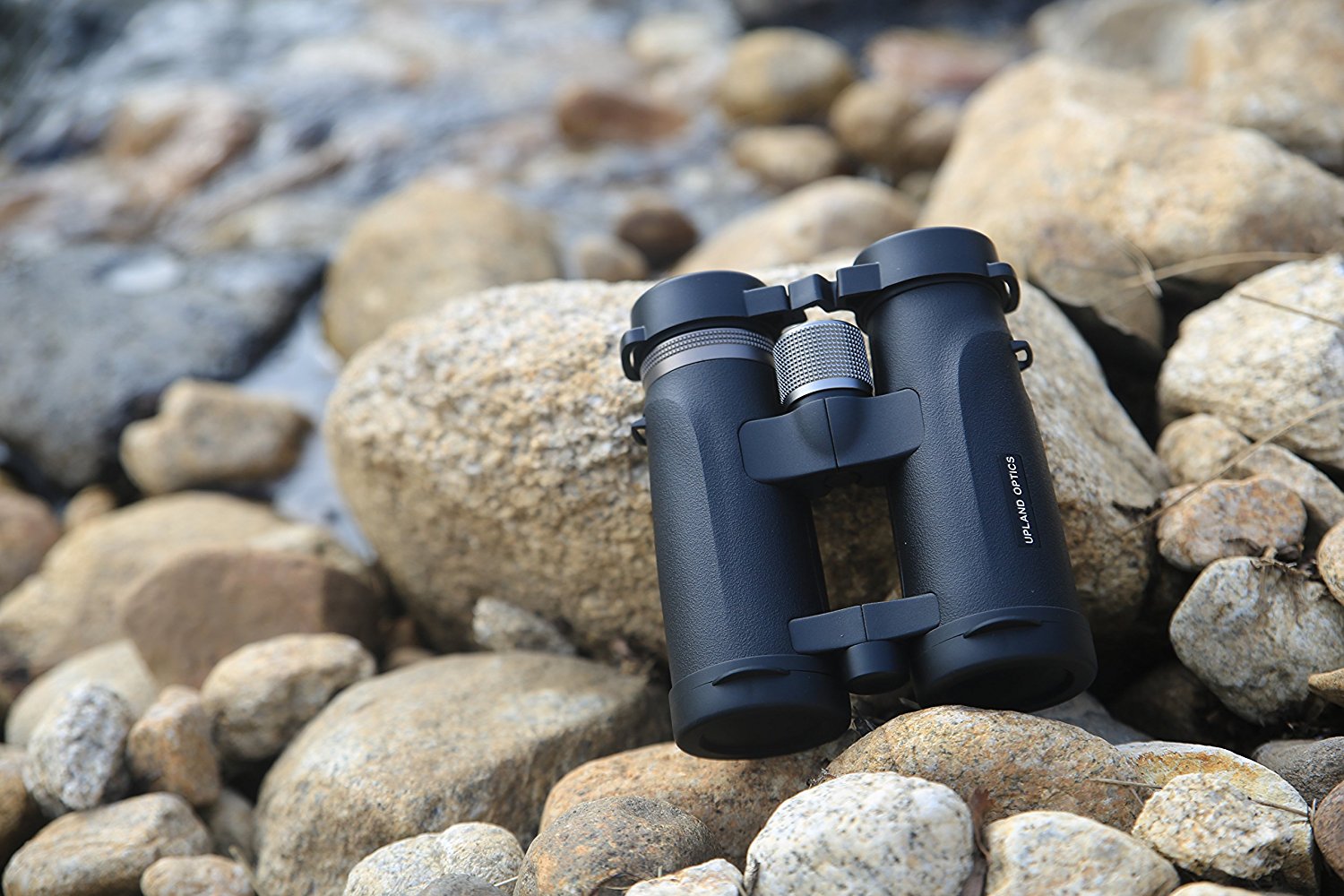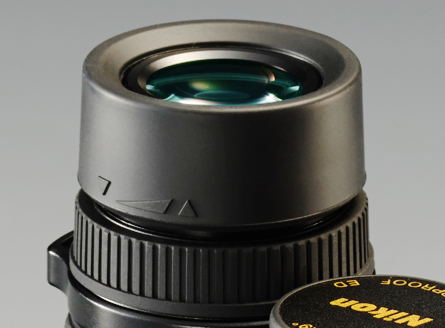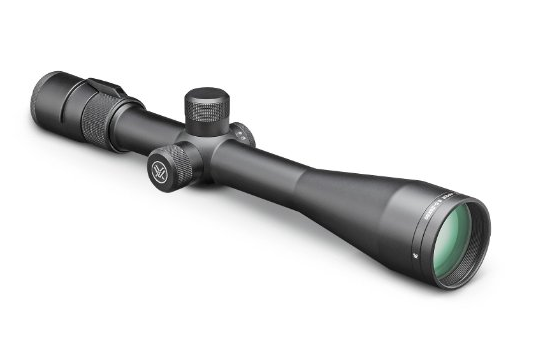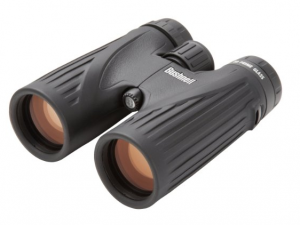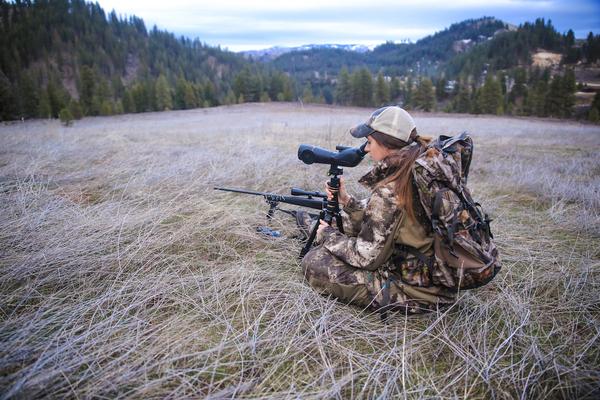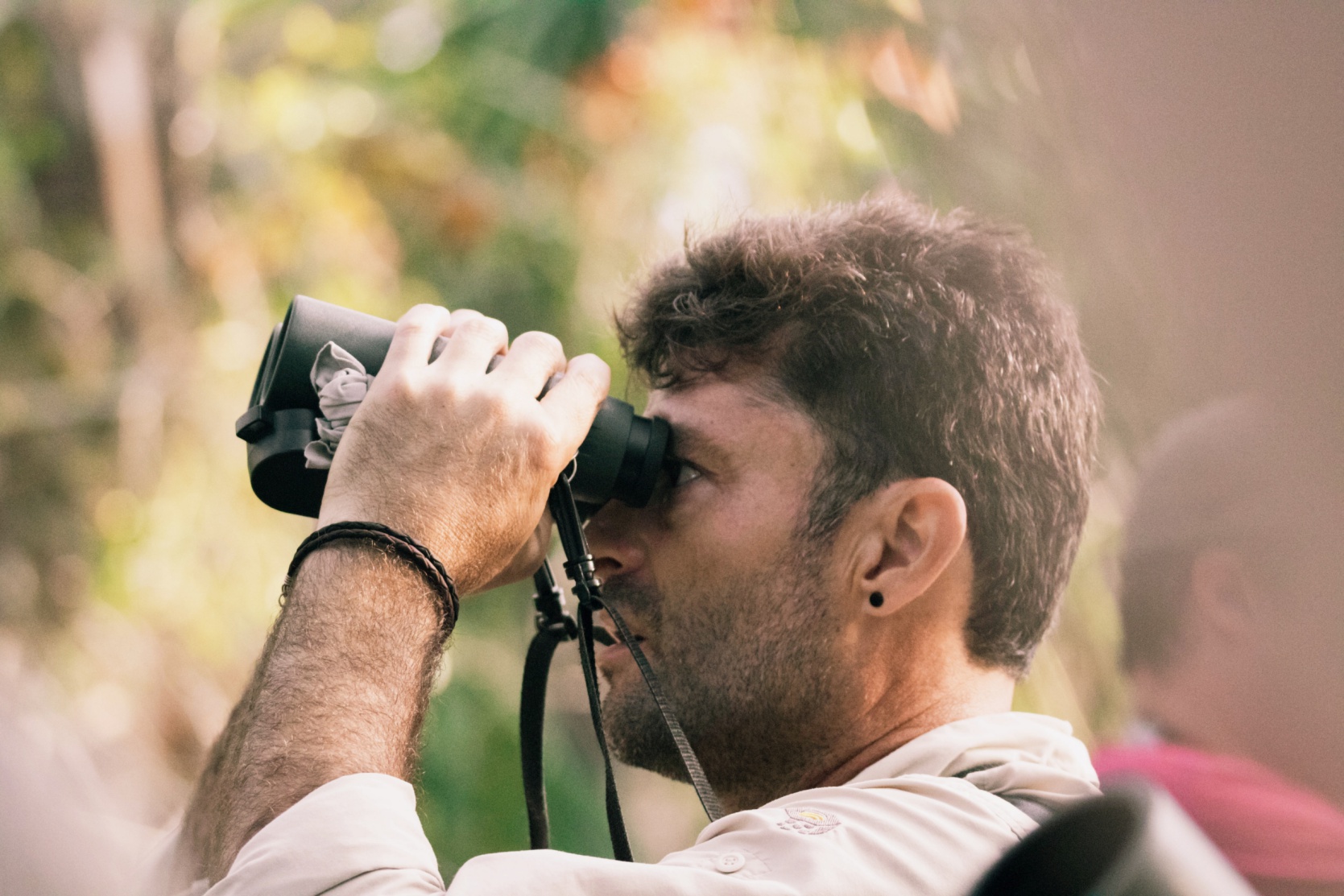Leica Trinovid is synonymous with superior optical performance. The Trinovoid line was solidified by its diverse offerings of compact and full sized binoculars. The units are famous for being made rugged with an innovative prism technology. They are a mainstay for professionals and nature enthusiasts who want top of the line viewing at a midrange price.
The Trinovid 42 is Leica’s premium binocular offering. The company’s Vice President of Sales and Marketing for the Sport Optics division affirms that the development process for all Leica’s products is done with the objective to be the best in their class. The Trinivoid 42 is no exception. According to Leica, the newest line of Trinovids stays true to the hallmark of their product line. It has superior engineering and value to performance ratio.
Faultless Construction
Leica Trinovid’s premium entry-level binoculars are made with the highest quality materials. The binocular shell is void of any plastic parts. The entire outer body is composed of durable magnesium. For dual strength, meant to withstand even the harshest terrains, the magnesium shell is encased within rubber armor.
The units are completely waterproof to five meters. The waterproof feature of the Trinovid 42 collection contrasts with the water spray resistant construction of the Leica Trinovid 25 collection. Additionally, the Trinovid 42 collection has a nitrogenized interior. The nitrogen renders the binoculars fog proof, a necessity in humid or cold weather.
Their stainless steel hinge construction and generously sized eyecups make for comfortable viewing. The 10×42 packs 16-millimeter eye relief, while the 8×42 model is a close second with a 15.5-millimeter eye relief. This is excellent news for those wearing prescription eyeglasses. The eye relief of both models is not so compact that the outer edge of the field will severely be lost or constricted.
The Trinovid comes in the following configurations:
- 8×32
- 8×42
- 10×32
- 10×42
Details Details
Leica Trinovid has always been known for its hallmark and revolutionary prism design that lends to its superior optical performance. However, with all the power packed into the newest Trinovids, it can be said that the improvements are far beyond a minor upgrade. The Trinovid 42 collection is developed to be intuitive in its adjustment capabilities, powerful on the performance end, compact for easy handling, and ergonomic.
The roof prism design offers a superior phase correction coating of P40. An additional mirrored layer, previously not offered, increases the overall transmission of light by 99.5 percent. This HighLux system, referred to as HLS, makes images brighter to increase the users viewing pleasure and accuracy. The HLS system, coupled with their enhanced optical and mechanical construction improvements, minimizes the occurrence of stray light dramatically.
The Leica Trinovid 10×42 has a field of view of 326 feet at 100 yards. That said, the field of view of the 8×42 is the real mind-blower with 378ft at 1000 yards. The 8×42 undoubtedly qualifies for use as a wide-angled binocular. That will please many avid bird watchers and hunters. However, for those looking for short range viewing such as general nature watch, butterflies, small animals, or anything that will be within close range, the Trinovid would not be a prime choice.
As expected, Leica Trinovid sticks to the high grade of style, durability, and internal construction they are known for. Although the price tag is extremely reasonable, for their function and power, nothing was compromised. So the only real choices left to make, once you buy one, are do you fancy a wide field view or greater magnification? Almost every other adjustment is factored into the technology. Overall, the Leica Trinovid is pretty impressive if you want the most viewing power for your money.



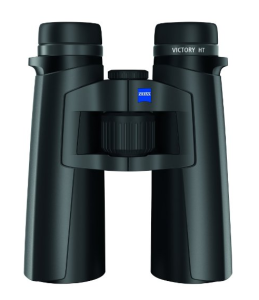 With up to 95 percent more light transmission,
With up to 95 percent more light transmission, 

